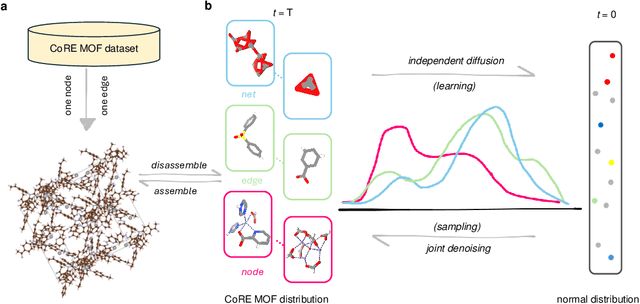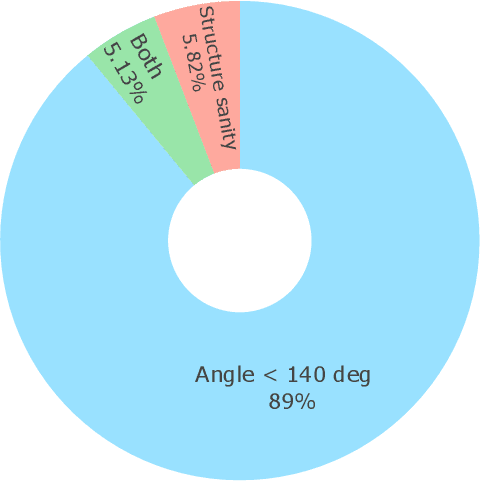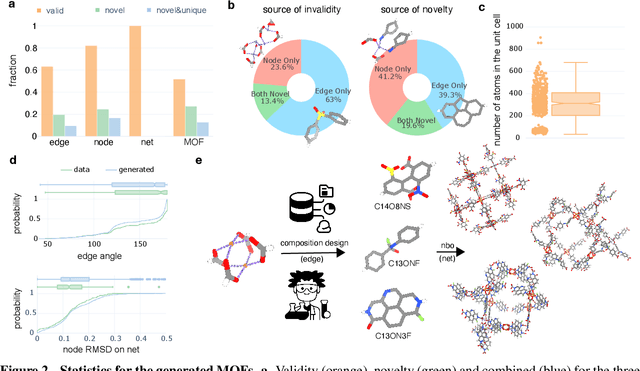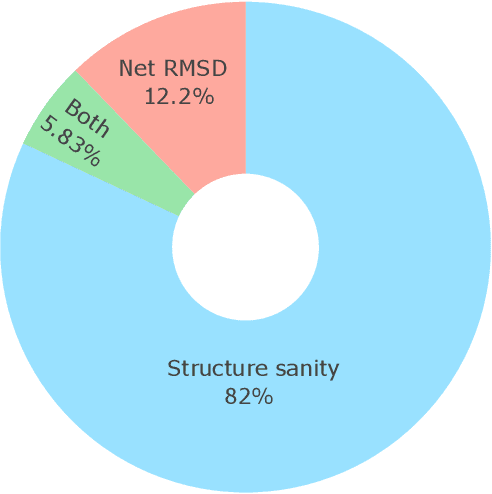Jin-Hu Dou
An Equivariant Graph Network for Interpretable Nanoporous Materials Design
Sep 19, 2025Abstract:Nanoporous materials hold promise for diverse sustainable applications, yet their vast chemical space poses challenges for efficient design. Machine learning offers a compelling pathway to accelerate the exploration, but existing models lack either interpretability or fidelity for elucidating the correlation between crystal geometry and property. Here, we report a three-dimensional periodic space sampling method that decomposes large nanoporous structures into local geometrical sites for combined property prediction and site-wise contribution quantification. Trained with a constructed database and retrieved datasets, our model achieves state-of-the-art accuracy and data efficiency for property prediction on gas storage, separation, and electrical conduction. Meanwhile, this approach enables the interpretation of the prediction and allows for accurate identification of significant local sites for targeted properties. Through identifying transferable high-performance sites across diverse nanoporous frameworks, our model paves the way for interpretable, symmetry-aware nanoporous materials design, which is extensible to other materials, like molecular crystals and beyond.
Building-Block Aware Generative Modeling for 3D Crystals of Metal Organic Frameworks
May 13, 2025



Abstract:Metal-organic frameworks (MOFs) marry inorganic nodes, organic edges, and topological nets into programmable porous crystals, yet their astronomical design space defies brute-force synthesis. Generative modeling holds ultimate promise, but existing models either recycle known building blocks or are restricted to small unit cells. We introduce Building-Block-Aware MOF Diffusion (BBA MOF Diffusion), an SE(3)-equivariant diffusion model that learns 3D all-atom representations of individual building blocks, encoding crystallographic topological nets explicitly. Trained on the CoRE-MOF database, BBA MOF Diffusion readily samples MOFs with unit cells containing 1000 atoms with great geometric validity, novelty, and diversity mirroring experimental databases. Its native building-block representation produces unprecedented metal nodes and organic edges, expanding accessible chemical space by orders of magnitude. One high-scoring [Zn(1,4-TDC)(EtOH)2] MOF predicted by the model was synthesized, where powder X-ray diffraction, thermogravimetric analysis, and N2 sorption confirm its structural fidelity. BBA-Diff thus furnishes a practical pathway to synthesizable and high-performing MOFs.
 Add to Chrome
Add to Chrome Add to Firefox
Add to Firefox Add to Edge
Add to Edge